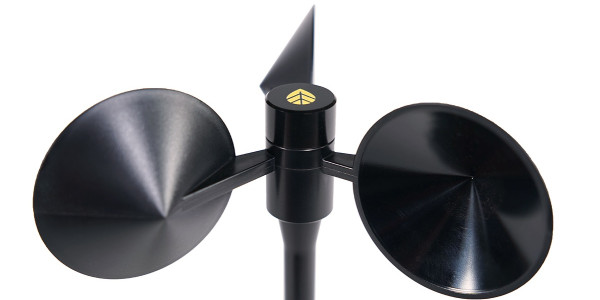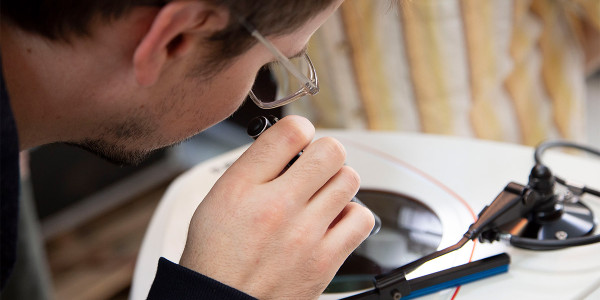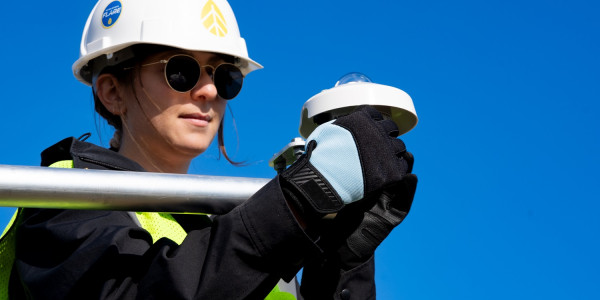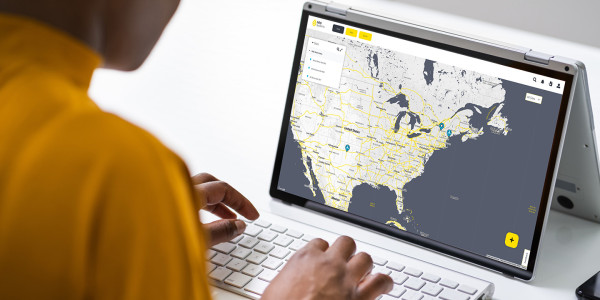Testing a 110S temperature probe
Tools Required:
- 9V battery
- Digital voltmeter (DVM)
- Reference Temperature Probe (Thermometer)
Instructions:
The 110S will run on an excitation voltage from 4 to 25 V DC and will draw no more than 300uA.
Current Check:
Connect a 9V battery in series with a current meter to power the 110S black (-) and red (+) leads. If the current is higher than 300uA, something is wrong and the sensor should be replaced.
Signal Output Check:
- Power the probe with the 9 V battery connected to the 110S black (-) and red (+) leads.
- Read the output voltage between the black (-) and signal (clear) leads.
- Convert that voltage into a temperature (using the formulas below) and compare against a reference thermometer.
Degrees F = (Vout x 100) - 123.5
Degrees C = (Vout x 55.55) - 86.38
If the 110S is within 2 degrees of the reference it is good. Sometimes the perceived problem is confusion regarding the conversion from volts to degrees.
Example Degrees F:
An output reading of 2.140 Volts is taken across the black and clear leads.
Degrees F = (2.140 x 100) -123.5
Degrees F = 90.5
Example Degrees C:
An output reading of 2.140 Volts is taken across the black and clear leads.
Degrees C = (2.140 x 55.55) -86.38
Degrees C = 32.5
Download Calibration Reports
Our Calibration Report Retriever Tool is a comprehensive database of reports for the following products:
NRG Anemometers
110S Temperature Sensor
200M Wind Vane
200P Wind Vane
BP20 Barometric Pressure Sensor
BP60 + BP60C Barometric Pressure Sensor
HybridMC Anemometer + Vane
HybridXT Anemometer + Vane
PVT1 PV Temperature Sensor
T60 + T60C Temperature Sensor
R1 Pyranometer
R2 Pyranometer
RH5X Relative Humidity Sensor
Thies First Class Advanced Anemometer
WindSensor P2546-OPR Anemometer
Tech Support
Whether you are troubleshooting in the field or learning how to install a product, we are here for you.




